Syllabus
1st SATURDAY
- Introduction to Storyboard for Feature Animation
- Tools, Methods and Drawing Techniques for Story
- Purview of Student Assignment Choices
- Assignment: Choose Student Assignment – Write Script / Prepare your Pitch
2nd SATURDAY
- Student Assignment Pitch, Approval and Launch
- Writing/Designing your Character(s) and World Building
- Storyboard Fundamentals, Film Language and Cinematic Literacy – Pt. 1
- Assignment: Begin Storyboarding your Sequence
3rd SATURDAY
- Solid Drawing for Story – Shorthand, Perspective, Depth, Tone and Clarity
- Character Development and Character Arcs
- Storyboard Fundamentals, Film Language and Cinematic Literacy – Pt. 2
- Assignment: Address Notes > Continue Sequence
4th SATURDAY
- Story Structure, Screenwriting Paradigms and Narrative Models
- Character Acting for Storyboards
- Storyboard Fundamentals, Film Language and Cinematic Literacy – Pt. 3
- Assignment: Address Notes > Begin Sequence Clean-Up
5th SATURDAY
- Assignment Review | Celebrity Industry Guest Speaker TBD
- Storyboarding Songs and Montages
- Storyboard Fundamentals, Film Language and Cinematic Literacy – Pt. 4
- Assignment: Address Notes > Continue Sequence Clean-Up
6th SATURDAY
- Theme, Tone, Messaging and Morality Plays vs Meaningful Philosophical Stakes
- Pitching – Digital, Analog and Pitch Decks
- Pitch Preparation and Being Good in the Room
- Assignment: Address Notes > Sequence Pitch due the following week
7th SATURDAY
- The Function and Benefits of the Critique
- Accepting, Addressing and Giving Notes
- Studio Culture, Ethics and Codes of Conduct
- Student Sequence First Pitch
8th SATURDAY
- An Approach on How and Where to Find Ideas
- Bringing Something to the Table and How The Story Room Works
- Making it Original, Entertaining and Meaningful
- Student Sequence Second Pitch
9th SATURDAY
- Portfolio Practices and your Online Identity
- Observations on the Animation Industry Landscape
- Dealing with Deadlines – Work/Life Balance & Staying Healthy
- Student Sequence Final Pitch with Celebrity Animation Industry Guests (Guests TBD)
FINAL SATURDAY
- Celebrity Animation Industry Guests (Guests TBD) will offer pro-tips and guidance on getting hired
- The Impact of Cinema Inspiring Change and Shaping Culture
- Final Critique and Words of Encouragement
- You Can Change The World, Really! —*Online Wrap Party*
Student Assignment Breakdown
Under the theme of Reimagining you will choose one assignment from within the 3 categories below. Categories 1 & 2 will have a number of options to choose from. The assignment/sequence will be a maximum of 2 minutes, an abbreviation of the song, or 2 script pages. Outside of the story… be prepared to design and build your character(s) and world(s). This sequence assignment will constitute your industry standard — and standout — portfolio piece.
- A song sequence sourced from an established Broadway Musical (not based on an animated film).
- An action, drama or comedy sequence using existing script pages sourced from a classic or widely known live-action film.
- A sharable personal memory or meaningful moment from life… or an existing story that is close to your heart.
Note:
To augment your main assignment you will be encouraged to complete a “next five” or “first five” exercise and, if applicable, a character “elevator test”. These will not be mandatory but are recommended as they will build skills and plus your portfolio.
Storyboard Fundamentals, Film Language & Cinematic Literacy – Parts 1, 2, 3 & 4… will be an ongoing conversation throughout the course and will include the storyboard and filmmaking fundamentals mentioned below.
Camera angles and how to use them, camera movement and the 180° axis, blocking, composition and the rule of thirds, screenwriting, story structure, script breakdown, continuity, shot progression, editing, acting and dialogue. Rules?… if, when and how to break them, a smattering of film history, the evolution from stage to film, the study of notable directors and styles, and of course tips on solid drawing to help make all of this work for you.
These concepts will be consistently revisited, reiterated and re-examined while finding practical use in the execution of your assignment. We’ll do our best to cover it all.
